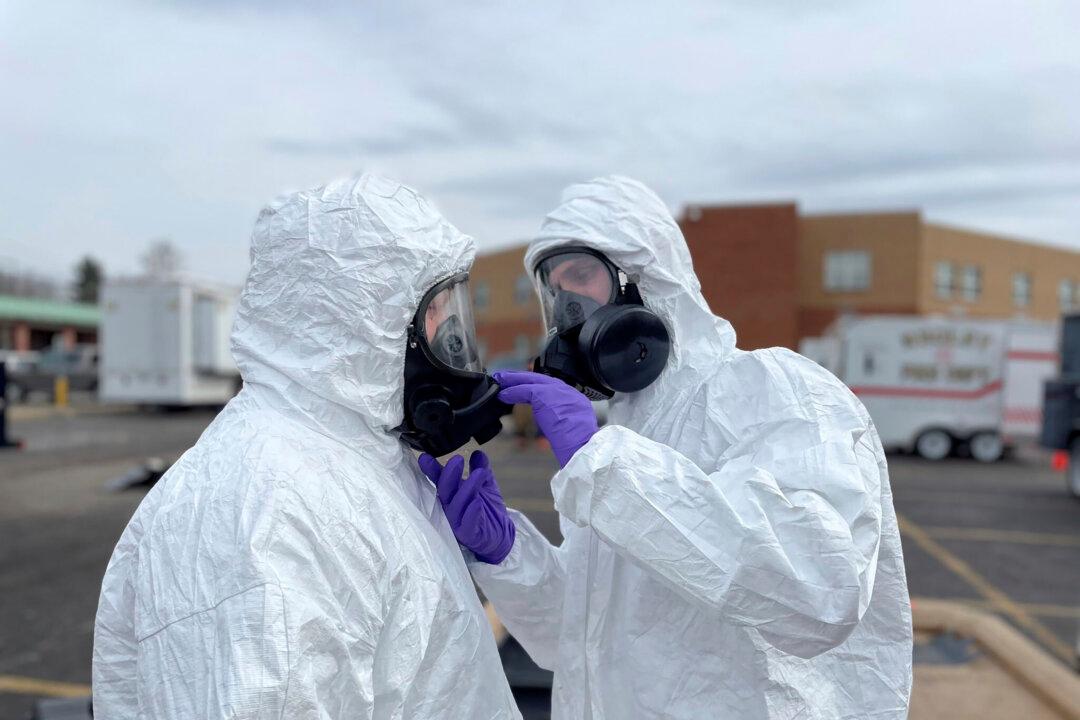The train derailment and release of toxic chemicals in East Palestine, Ohio, on Feb. 3 has resulted in at least 3,500 fish dead, according to an estimate from the Ohio Department of Natural Resources.
Wildlife officers with the Ohio environmental agency found dead fish in Leslie Run, Bull Creek, and a portion of the North Fork of Beaver Creek, the agency told News5 on Monday.





